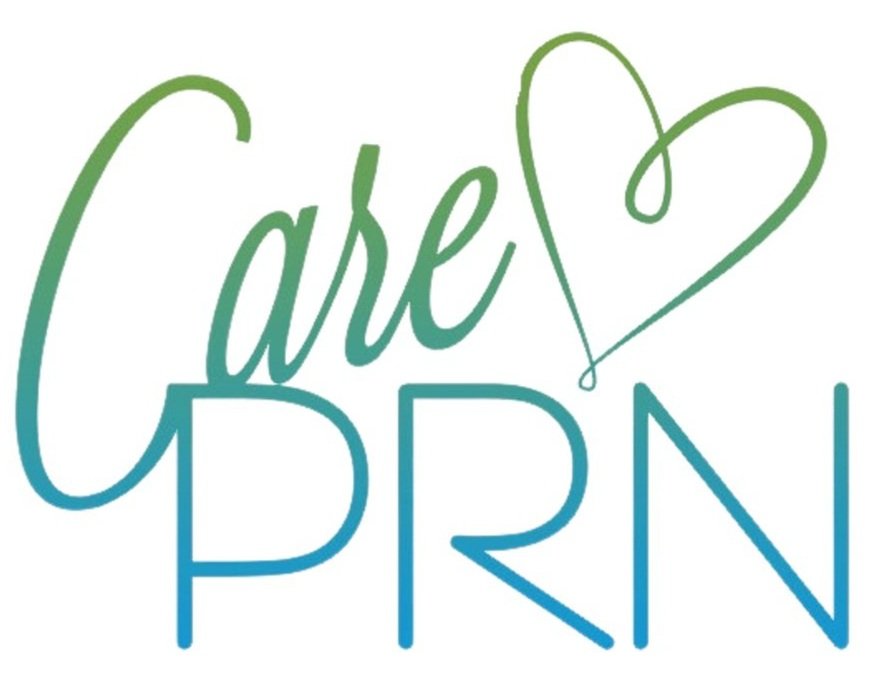The True Cost of High Turnover: What Facilities Can Do to Retain Quality Staff
Written by Hailey Caroen, Clinical Director CarePRN
Does your community experience high turnover? Throughout my career in patient care, I experienced environments where the staff and team dynamics were routinely changing. It is no doubt that amid the pandemic turnover rates within the fields were at all-time highs. Although turnover rates have improved since the pandemic's beginning, they have yet to return to pre-pandemic levels, leaving staffing unstable and unpredictable. Pre-pandemic turnover rates were around 3.2% and during the pandemic these rates climbed to 5.6%. This significant increase can be attributed to the high amounts of lay-offs experienced by the labor workforce and by providers who ultimately chose to leave amidst the progression of the Covid19 outbreak. Post-pandemic turnover has now dropped to 3.7% but has not returned to pre-pandemic rates, in fact, long-term care facilities continue to see an increase in turnover. This is due to the changing workforce and the strain the pandemic has had on healthcare. The challenge of high turnover is not a new thing, and certainly not the result of the pandemic entirely. In fact, healthcare has experienced high turnover rates long before Covid19. High turnover in healthcare is and will continue to be a problem unless we address what is really occurring within the workforce and work to adapt and change how we are staffing our facilities.
How High Turnover Affects Your Business
High turnover has a direct negative impact on your business. Unstable staffing levels and lack of continuity will result in lower-quality care, increased patient incidents, and a lack of employee satisfaction. All of which can lead to low census and even higher turnover rates. A 2022 study by the National Association of Community Health Centers found that “68% of health centers report losing 5-25% of their workforce in the last six months, and 15% of health centers report losing 25-50%.” With these challenges, senior living communities have seen high costs associated with this turnover, specifically the costs associated with recruiting and onboarding new staff. Additionally, with higher turnover, comes higher incidents reported within senior care communities, leading to another, more indirect, cost associated with high turnover. In a study conducted by Leading Age, Better Jobs Better Care concluded that “various calculations showed that each nursing position emptied generates a 110% increase in annual costs.” These losses are due to the costly tasks involved in the hiring process. What can we do about this?
How Facilities Can Reduce Turnover and Retain Quality Staff
This is not a simple “one size fits all” solution and will take the collaborative efforts of facility leaders to address issues within their communities. I urge facility leaders to engage with their staff members to learn about their pain points and concerns. Continually, facility leaders should continue to include their staff in decision-making while routinely running retention programs. Below are what I have found to be the most valuable and effective strategies when retaining quality frontline workers.
Staff Engagement Programs
Staff engagement is something that is lacking in the majority of senior living facilities. A shocking 87% of employees within healthcare feel disengaged at work and feel their employer's actions have an impact on their mental health. Reengaging your employees through recognition, holding regular team-building activities, and involving staff in critical decisions are all effective strategies to engage your team and bring passion back into their roles.
Incentive Programs
Facilities are beginning to adopt more incentive programs for their employees which are positively affecting both recruitment and retention. By offering incentive programs such as internal growth opportunities, college reimbursement programs, and services for mental health and physical well-being (therapy, corporate gym memberships, etc.) you are sending a message to your workforce that you care about their well-being and professional development. Additionally, facility leaders should remind employees of these programs and provide guidance when utilizing them.
Stable and Safe Staffing Environments
It is no surprise that high turnover impacts staffing levels and that, subsequently, shortages in staffing create even more turnover. It is a revolving door but there are solutions. Facility administrators can combat this by offering flexible scheduling, reevaluating the recruitment and hiring process, and imploring the help of staffing solution tools to stabilize their environments. By stabilizing your environment with safe staffing levels you are allowing time to develop your internal teams and recruit new staff members while simultaneously running retention programs and engaging with current staff.
Sources:
Fact Sheet: Strengthening the Health Care Workforce | AHA
Healthcare Turnover: Why Worker Satisfaction Matters | USC EMHA
Healthcare workers report high job turnover amid pandemic | CIDRAP (umn.edu)
Nurse Staffing: A Reason to Leave and a Reason to Stay - AACN
Calculating the Cost of Employee Turnover in Senior Living Communities (assuranceagency.com)
NACHC-2022-Workforce-Survey-Full-Report-1.pdf
